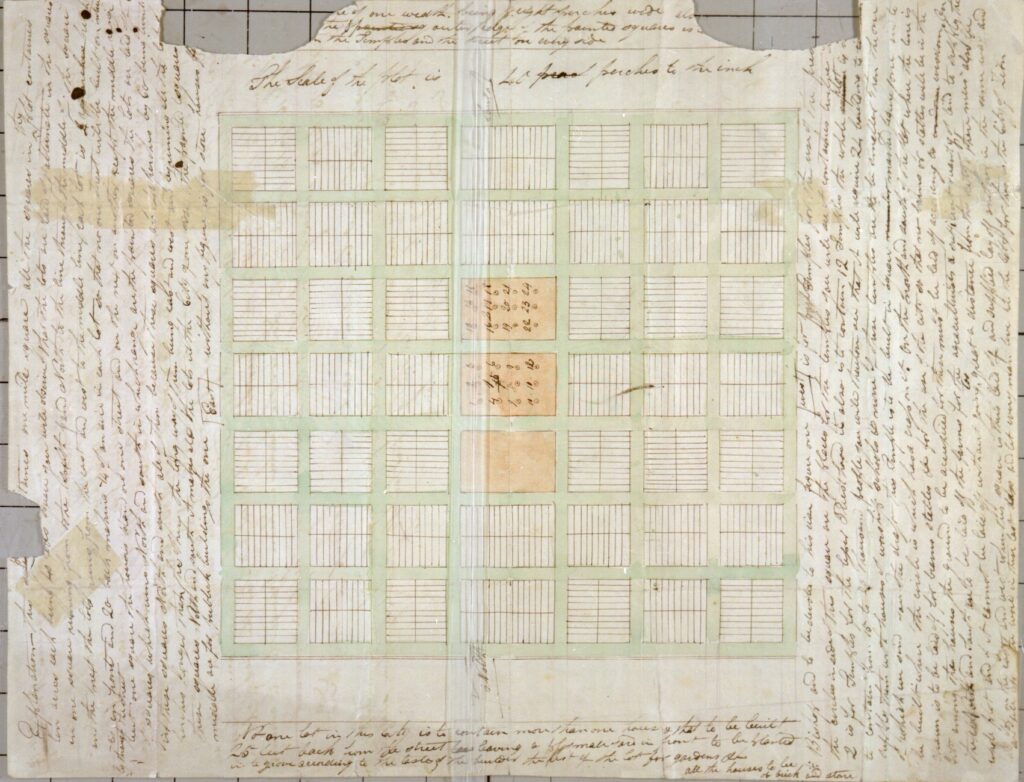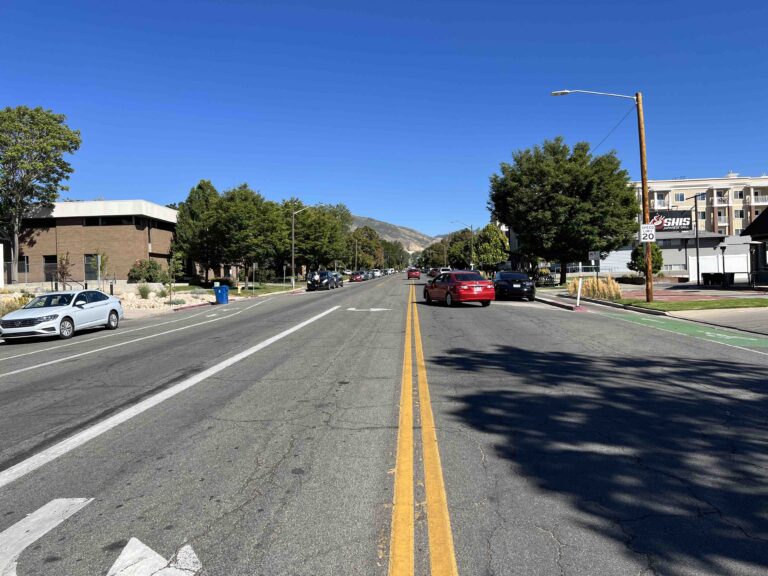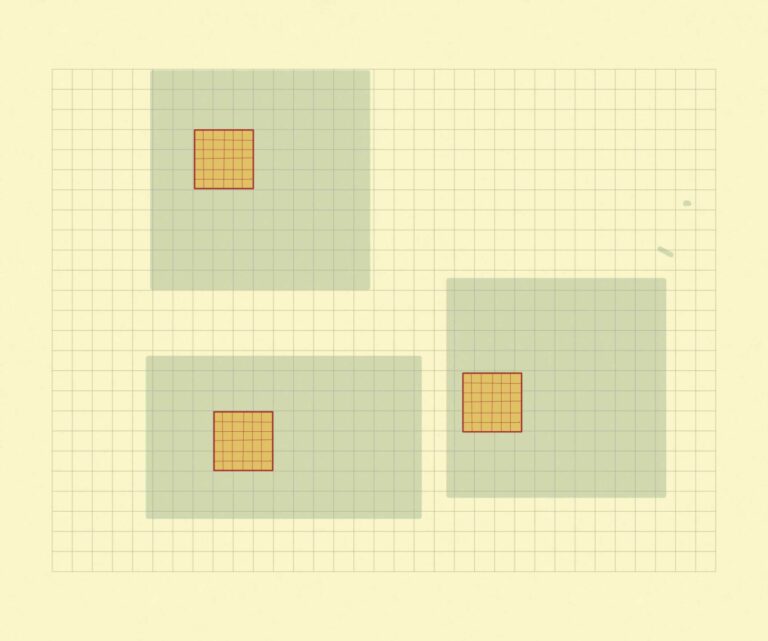The Plat of Zion and the Wide Streets of Salt Lake City
In my last post, I disputed the common myth that the streets in Salt Lake are wide so that an oxen team can turn around. But why are they so wide? To answer that question we have to return to the time of the founding of the Mormon church.
When Joseph Smith founded his church, he had an unusual idea to physically bring together everyone who accepted the religion (the “gathering”). He wanted to build a network of cities that were to be occupied by the faithful in a new way of life that was wholesome, respectful, communitarian, and godly. Even at time of great religious fervor in the early 19th century, it was a unique idea. To the extent that it was carried out in Utah, it probably contributed to the survival of the Church of Latter-Day Saints when so many other sects, founded at the same time, faded away.
Joseph Smith’s Plat of Zion
When he conceived the idea of the gathering, Joseph Smith designed the model for his first city, a place called Zion. This city was to be a kind of anchor point for the other cities. The “Plat of Zion” (1833) is a full-blown urban design, including the streets, the blocks, the subdivision of lots, the location of the central temple and warehouses. It even calls out the setbacks for buildings.

Zion was supposed to be in Missouri but it was never built. How the pioneers finally came to establish a semblance of Zion in Utah is a long and violent story with many interesting twists and turns, but not our topic here. But what is important is that the pioneers brought the idea of Zion and the Plat of Zion with them, and Brigham Young used it as a template for the new city. Recently the surveyor’s original sheepskin map was found in the attic of his descendant. The Library of Congress has a view of it on their web site.
Oh yes, by the way, the streets in the Plat of Zion are to be 132’ wide.




2 Comments
Comments are closed.